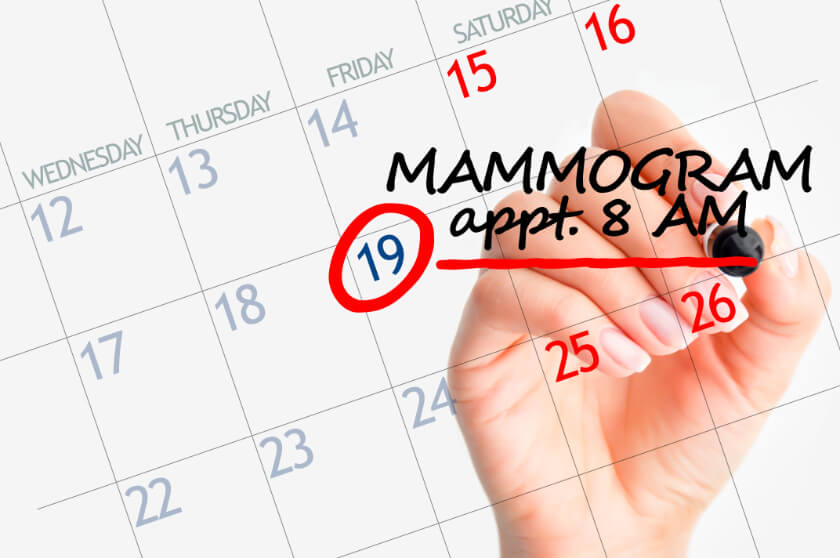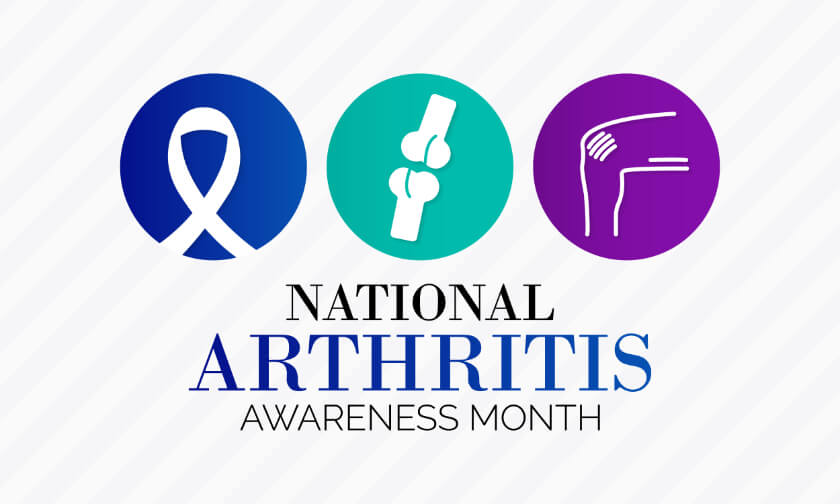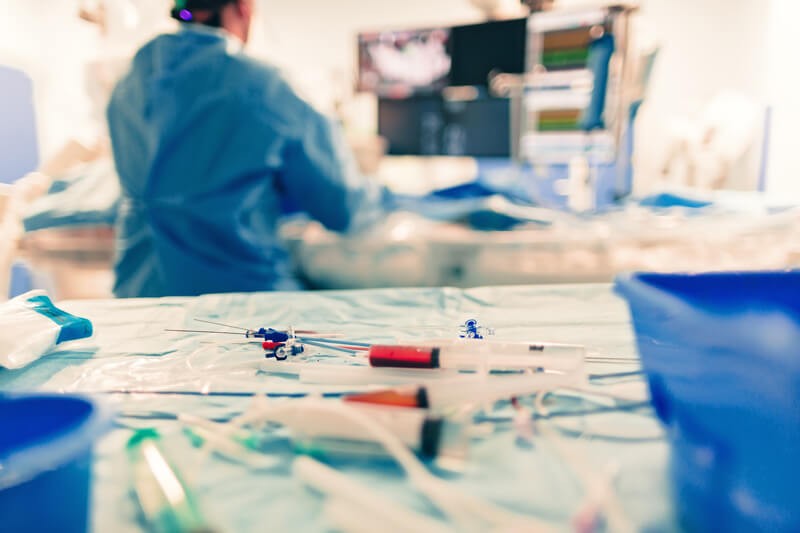
Effect of COVID-19 on Breast Cancer Screening

Routine cancer screening – including breast cancer screening with mammography – saves lives. Cancer screening uses sophisticated medical technology to detect signs of cancer, often before the patient experiences any signs or symptoms of cancer. Detecting cancer early through screening is important, as cancer is easier to treat while it is in its earliest stages.
When COVID-19 hit the United States in early 2020, though, many people put off their routine cancer screening tests. In fact, an estimated 9.4 million screening tests that normally would have taken place in 2021 didn’t happen, according to the National Cancer Institute. Many people took the advice of the Centers for Medicare & Medicaid Services (CMS) to consider postponing their preventive care visits and screening during the height of the pandemic. Other patients postponed their screening because they were afraid of contracting COVID. Some healthcare systems began delaying screening so that they could focus their resources on treating COVID patients.
Medical experts worry that those missed screening tests could have dire consequences, such as cancers being diagnoses in later stages, when they are more difficult to treat. Cancer is a serious condition in which abnormal cells divide rapidly and spread to other parts of the body. In its early stages, breast cancer is localized to breast tissue, which makes it easy to treat. As breast cancer progresses to later stages, abnormal breast cells spread outside of the breast tissue and become harder to treat.
Except for skin cancer, breast cancer is the most common type of cancer in women living in the United States, according to the American Cancer Society. Breast cancer accounts for about 30 percent of all new cancers in females annually.
Doctors use breast cancer screening with mammography to detect signs of breast cancer in patients who do not show any signs or symptoms of this cancer. When patients experience unusual breast changes, such as lump, nipple discharge, pain, change in breast shape or size, or has had breast cancer in the past, doctors may order diagnostic mammograms.
New Study Shows COVID Reduced Breast Cancer Screenings
In a recent study, researchers explored the effects COVID-19 had on breast cancer screening outcomes. The team of scientists used data available in the National Mammography Database (NMD), which is a database maintained by the American College of Radiology. The NMD includes 5.6 million screening mammograms, 1.2 million diagnostic mammograms, 200,000 breast biopsies and 70,000 cancer diagnoses. The NMD captures national demographic data, such as age and personal history of breast cancer. This data helps researchers and other medical professionals gain an understanding of breast cancer screening.
The researchers focused on the effects of COVID-19 during the peak of the pandemic, from March to May of 2020, and then the COVID recovery period a year later. The scientists published their findings in the Journal of the American College of Radiology. These findings confirm what breast radiologists nationwide had experienced firsthand: major drops in screening mammograms, diagnostic mammograms, breast biopsies, and breast cancer diagnoses.
More specifically, the number of screening mammograms dropped by almost 65 percent during the pandemic. In April of 2020, the volume of screening mammography was less than 4 percent of its normal monthly average. The volume of diagnostic mammograms dropped to less than 58 percent of the pre-COVID period. This lack of testing translated into 51.3 percent fewer cancer diagnoses than there were before COVID hit. In other words, millions of patients had breast cancer during the coronavirus pandemic and didn’t know it.
This drop in testing happened despite widespread efforts from doctors, screening centers, the American College of Radiology, and other organizations that encouraged women to safely return to breast cancer screening. Until now, very little was known about the success of their efforts.
While diagnostic mammogram levels returned to nearly normal (at 97.8 percent of the usual number of diagnostic mammograms), screening mammograms continued to lag. Unfortunately, cancer diagnoses continued to fall short of their pre-pandemic levels too. Older women and Asian women were the most reluctant to return to routine breast cancer screening.
The findings of the study, and the slow return to breast cancer screening, will likely have a significant effect on breast cancer outcomes in the future. The deficit in cancer diagnoses that started when the pandemic was at its worst continues to grow, and the dip in screening mammography utilization rates will likely continue. Failure to diagnose smaller cancers with mammography will lead to more diagnoses of late-stage cancers in the future, and this will undoubtedly lead to an increase in patient morbidity and mortality.
Researchers may not completely understand the full effect of the pandemic on screening and outcomes for many years, but all the early signs point to worsening patient outcomes. To improve screening and outcomes, radiologists and other doctors must encourage all patients, but especially Asian women and older women, to return to their pre-pandemic screening mammography practices.
The medical diagnostic imaging professionals at Radiology Affiliates Imaging encourage all women to resume mammography screening as soon as possible. As the pandemic winds down, the benefits of breast cancer screening and early detection vastly outweigh the risks of COVID-19. For more information, consult with RAI, your trusted name in diagnostic imaging.




